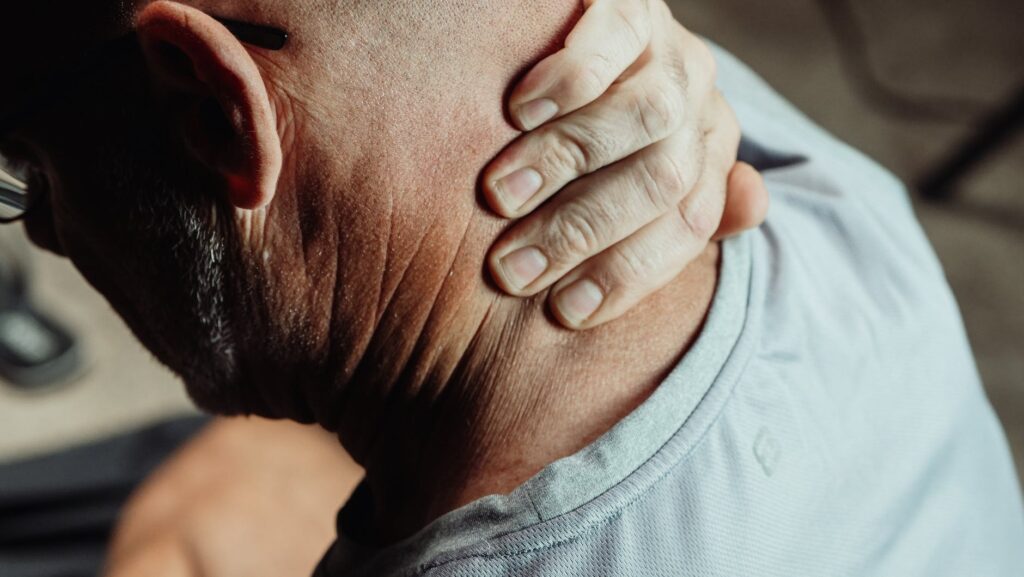
Spinal Stenosis
Spinal Stenosis
Neck and back pain are unfortunately ailments that a large amount of people will experience in their lifetime. However, when that pain starts to result in numbness, tingling, and weakness into the arms and legs, concerns arise. There are a variety of reasons that symptoms into the arms and legs can occur and determining the exact cause can be tricky. One of these causes can be Spinal Stenosis.
Anatomy
The spine is made of vertebra. The neck has 7, the mid-back has 12, and the low back has 5. In between each vertebra is a disc. The spinal cord runs in a canal formed by all these vertebrae. From the spinal cord comes nerve roots. These nerve roots exit through a little hole made from a spot where two vertebrae meet, called a foramina. The nerves then run into our legs and feet, providing us with muscle strength and feeling.
What is spinal stenosis?
Arthritic changes can occur in any region the spine. Some people get more arthritic changes in their spine than others. When arthritic change starts to build, the canal where the spinal cord lays can become narrowed. This narrowing of space can put pressure on the spinal nerves, creating pain, weakness, and numbness in the arms and legs.
Spinal stenosis commonly occurs in the low back and the neck. In the low back, it is called lumbar spinal stenosis (LSS). Commonly, the pain is made worse with standing and walking. When we are standing and walking, the space around the spinal cord is naturally smaller. Most patients who are experiencing LSS will find that sitting and leaning forward when having to be upright will give them some relief.
In the neck region it is called cervical spinal stenosis. Commonly the pain is made worse with looking up toward the ceiling or performing overhead activities with the head tilted. The pain is made better with looking downward.
Treatment Options
The fact of the matter is that when it comes to arthritic changes, the only treatment to correct the arthritis is surgical intervention. However, surgery is often discouraged with stenosis patients because the symptoms generally seem to reappear over time. Unfortunately, the arthritis is there to stay. However, there are ways to help reduce the pressure on the nerves and therefore improve the overall pain resulting in easier activities of daily living. It is always best to explore non-invasive treatments first before jumping to surgery.
Some non-surgical treatment options include:
- Chiropractic
- Physical therapy
- Acupuncture
- Steroid injections
Chiropractic Care at Miller Sports & Family Chiropractic
As just mentioned, we cannot reduce the arthritis that is already built up. However, chiropractic care can help support proper alignment and encourage the slowing progression of arthritis. Manual therapy can be beneficial to help mobilize the spine, stretch and strengthen muscles, and increase the space for those spinal nerves.
Dr. Carlo Ammendolia, a chiropractor in Canada has developed a program for LSS. The program is titled Boot Camp Program for Lumbar Spinal Stenosis. This program emphasizes and encourages the importance of spinal mobility, improving strength of muscles to help decrease nerve pressure, reduce pain, and improve standing and walking. The program is a self-management program, meaning you perform the activities at home. The program is 6 weeks total.
Contact us today!
If pain, numbness, tingling, or weakness is holding you back from the active lifestyle you desire, call us today. The team at Miller Sports & Family Chiropractic is ready to help you decrease your symptoms, improve your daily activities, and regain your freedom!
